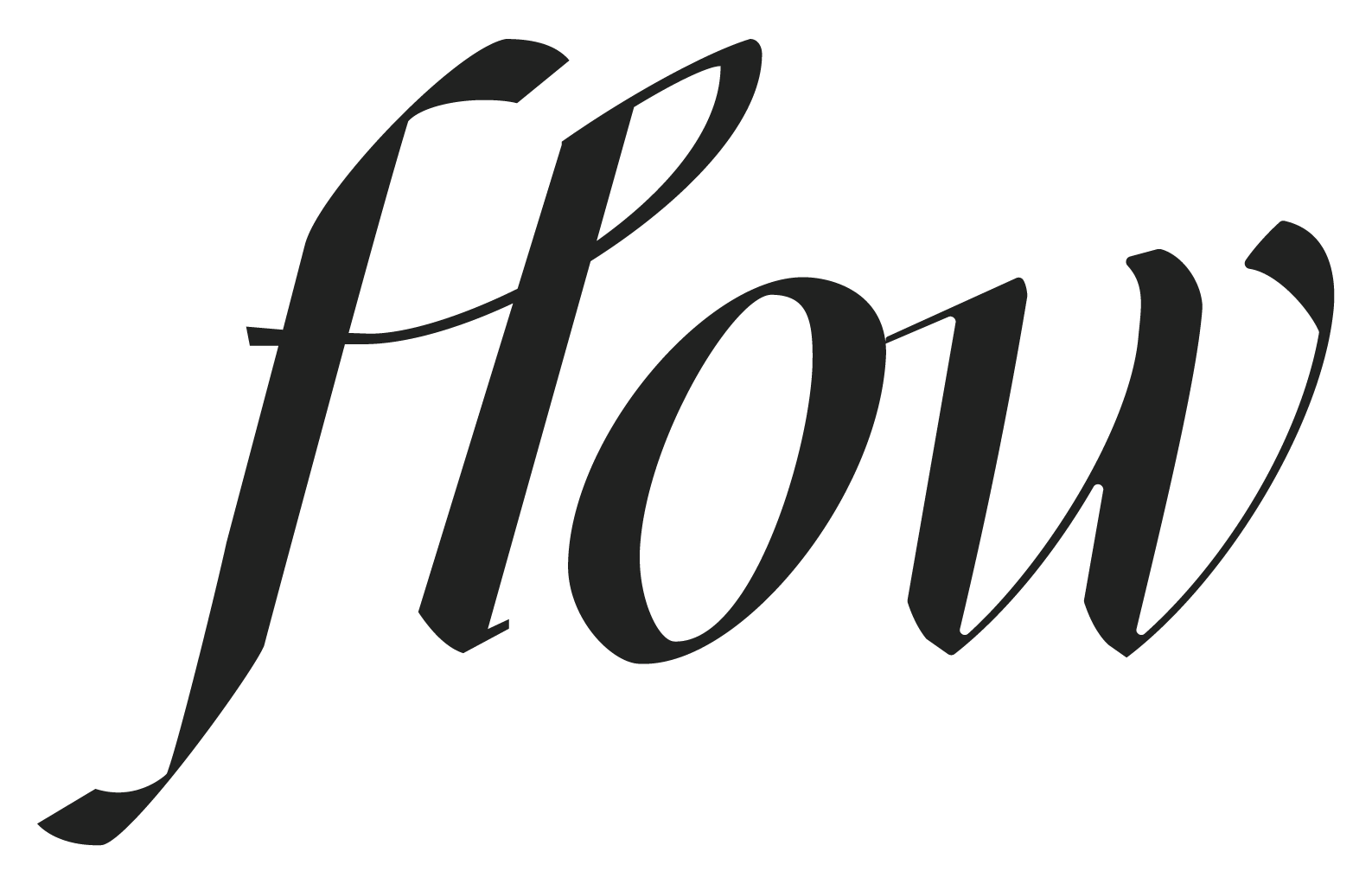Pilates Centering
“Extend from your center, return to your center”
I love this quote – so simple, yet so wise. In Pilates, we often talk about moving from our center, but what does that really mean? When I looked up the definitions of center and centering, this is what I found:
Centre: verb. Place in the middle. (source: https://en.oxforddictionaries.com/definition/centre)\
Centring: noun. Framing used to support an arch or dome while it is under construction. (source: https://en.oxforddictionaries.com/definition/centring
I like both of these definitions – in its simplest form, the center of our body (in the middle) is our torso. Joseph Pilates called it the “Powerhouse”, where all movement should begin. From a bony landmark perspective, the Center is the area between the floating ribs and the hipbones. The only bones that run through this area are the vertebrae of the spine, which allows for lots of movement in this area.
Pilates encouraged control of the Powerhouse at all times. When the Center is not strong or secure, there is no connection between the upper body and lower body. Without this connection, it is no longer full body movement (a hallmark of Pilates).
The second definition, framing used to support, is also a useful way to describe Pilates Centering. Similar to building an arch, we are constructing our bodies every time we do Pilates. From a muscle perspective, the Center is made up of the abdominals, lower back muscles, pelvic floor, and glutes. This group of muscles help keep the spine and pelvis in optimal position while executing Pilates exercises, creating a strong foundation to build upon.
If you have ever studied embryology (or even if you haven’t), fetuses grow from the center out – with our legs and arms growing and spiraling out from the center (it’s really fascinating how our bodies develop!) So it makes sense that we would want to have a strong center, so that our outer limbs can move freely without restriction. Pilates elder, Romana Kryzanowska, said it well:
"Centering is movement flowing out from a strong center"
Here are a few practical applications of centering on the mat and on the Reformer:
Long Stretch on the Reformer
The Powerhouse (oftentimes referred to as our “core”) must be strong in order for the springs to open, and to allow the shoulderblades to upwardly rotate freely. At the same time, the strong Pilates V-position of the feet creates the foot to low belly connection.
Hundred on the Mat
There’s a reason the Hundred makes its appearance right away in the traditional matwork – the Center must be activated right away, and helps to engage all the muscles in the body to prepare for the exercises to come. In Pilates book, Return to Life, the photos of Pilates executing the Hundred show clearly how the Powerhouse is strong, and how the arms and legs extend out from the center.
Backstroke on the Reformer & Double Leg Stretch on the Mat
In both these exercises, the Center creates the stable base so that the legs and arms can extend at the same time. All four ball and socket joints (shoulders and hips) are moving, so Centering is key.
As you can see, we use Centering in all of our Pilates exercises – have you noticed changes in your Pilates practice when you focus on your Center? Or catch yourself not using your Center at times? I would love for you to share in the comments below.
Note: I chose to use both the Canadian and American spellings of centre, center, and centering in this post since the quotes used were originally written with the American spelling. I’ve also capitalized Center when it could be interchanged with Powerhouse, to distinguish between all that makes up the Powerhouse, and centre as a general noun or verb. Truly a Canadian English teacher’s nightmare, I’m sure.
xo,L
Disclaimer: The content of this blog is for informational purposes only, and is the sole property of Flow Pilates & Wellness. I am not a doctor or a registered dietician, and this blog’s content is not intended as medical advice. Please consult your doctor if you have any concerns regarding your exercise routine or diet. The content of this blog may contain links to other websites. Flow Pilates & Wellness is not responsible for the privacy policies or practices of any third party.

